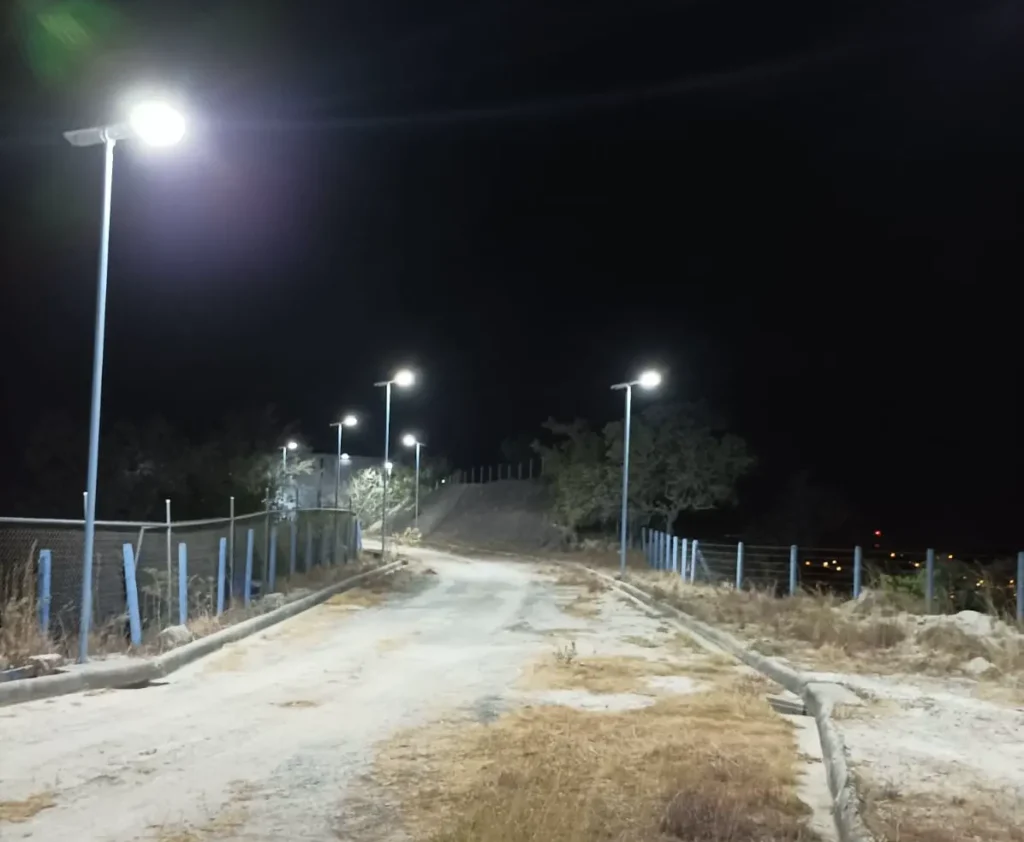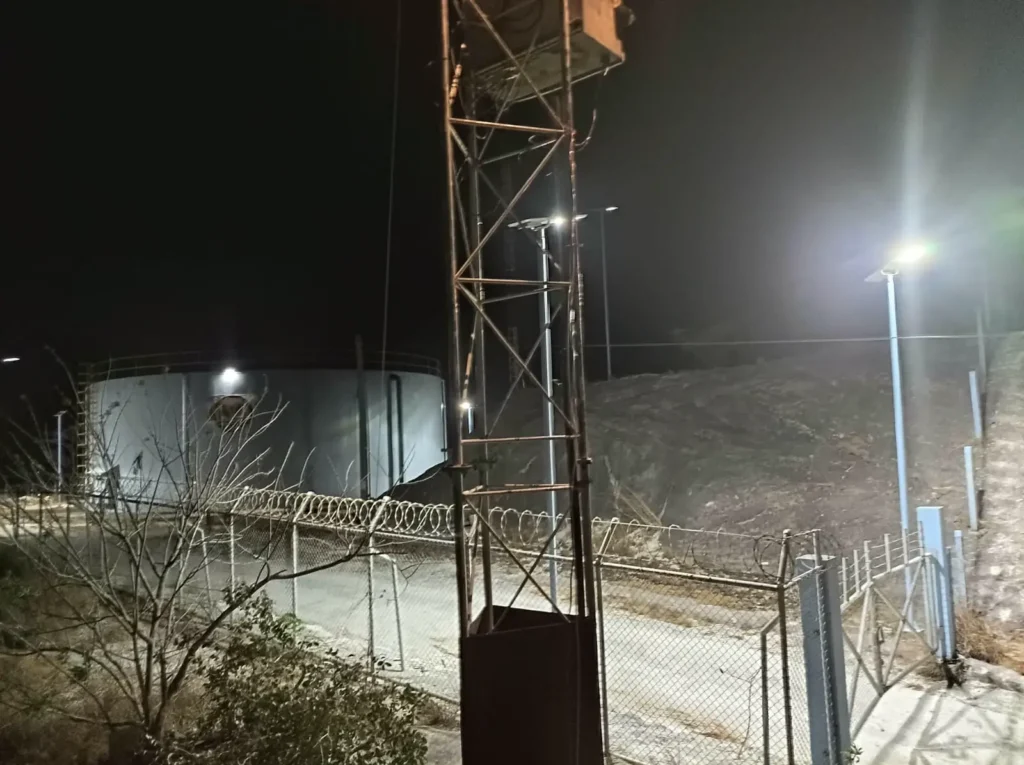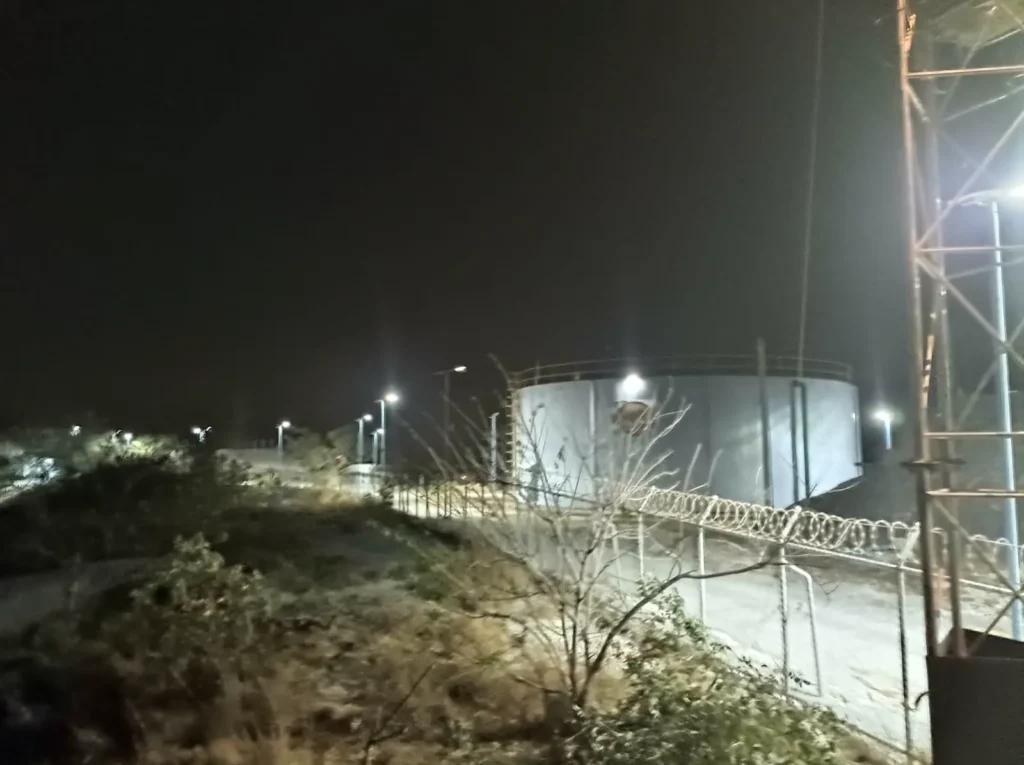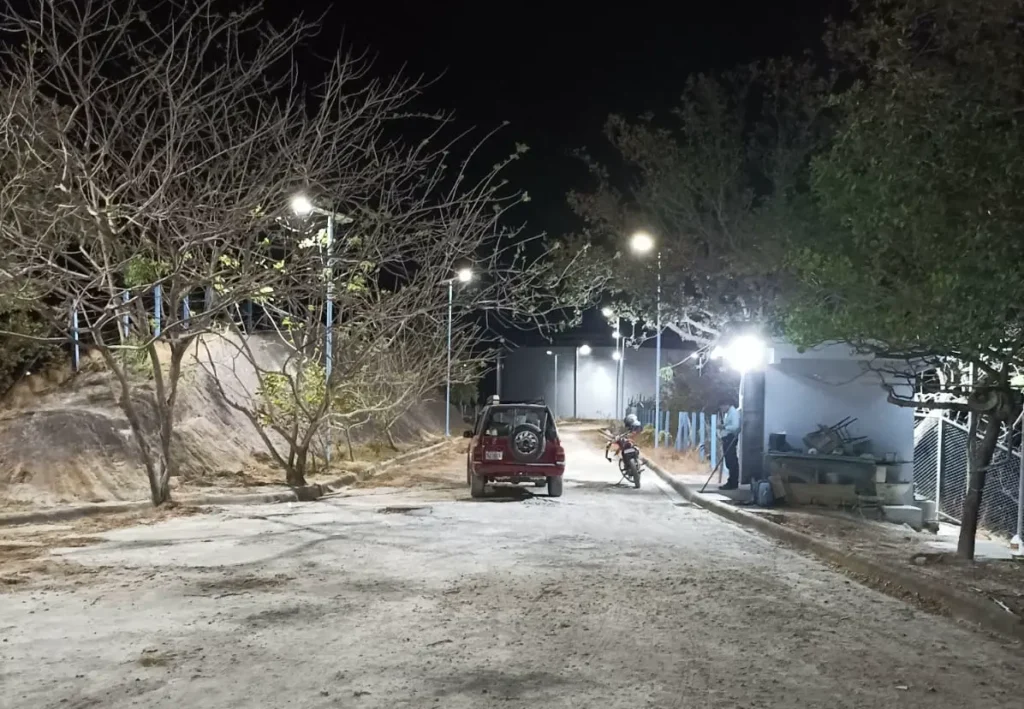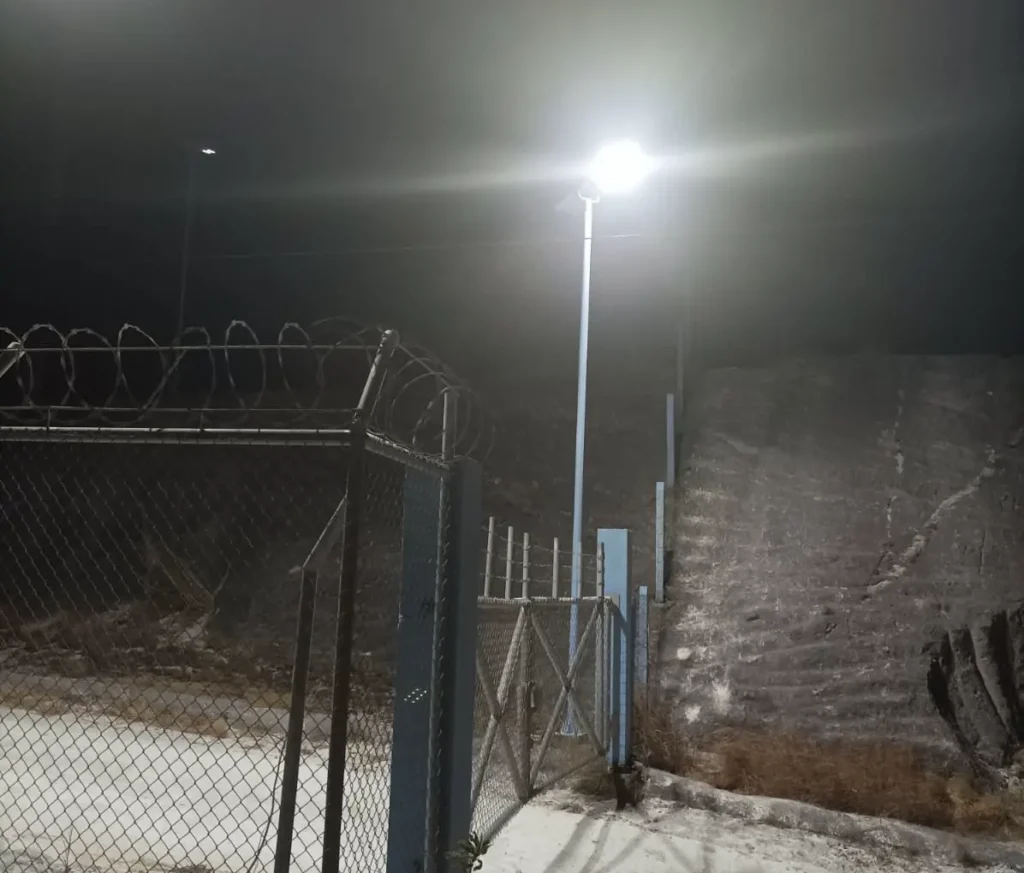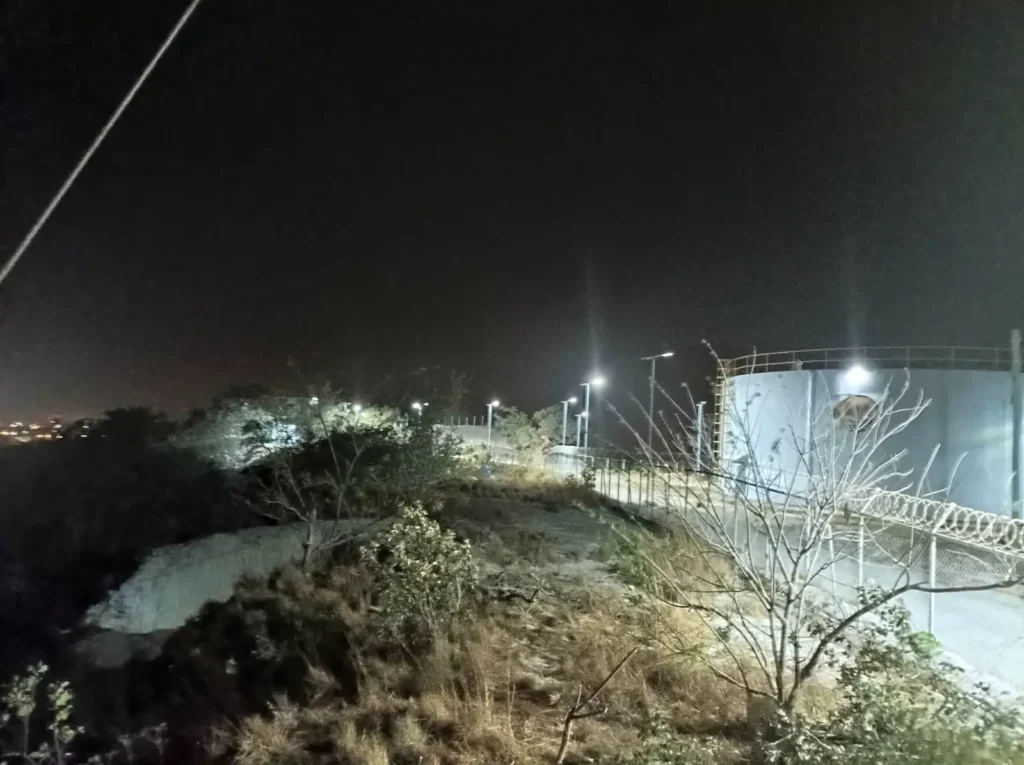In Costa Rica, a “green nation” renowned for its ecological diversity and renewable energy, mountain roads often face severe challenges posed by complex terrain and unpredictable weather. Through a successful project, Sresky Atlas integrated solar streetlights to deliver stable, reliable off-grid lighting solutions for remote communities along winding mountain roads. This initiative not only withstood prolonged rainy spells and extreme temperature fluctuations but also significantly enhanced nighttime traffic safety, connected communities, and boosted ecotourism development. According to the latest data, Costa Rica now generates over 98% of its electricity from renewable sources and is committed to achieving carbon neutrality by 2050. This article provides a comprehensive analysis from multiple dimensions—including project background, technical solutions, implementation process, outcomes and impacts, and risk management—demonstrating the Sresky Atlas series’ technical adaptability and sustainable value in extreme mountain environments.
I. Project Background and Needs Analysis
1.1 Geographical and Environmental Challenges
Costa Rica’s mountainous terrain features rugged topography with predominantly winding dirt or gravel roads characterized by steep gradients and frequent landslide/mudslide risks. As illustrated at the project site, these sections span elevations from 500 meters to over 2000 meters, posing significant transportation and construction difficulties. Climate-wise, the mountains are perpetually shrouded in clouds and mist. During the rainy season (May-November), precipitation can reach 5000mm, with continuous overcast periods exceeding 10 days being commonplace. This results in insufficient sunlight, rendering traditional solar charging systems inefficient. Additionally, daily temperature fluctuations can exceed 20°C, with summer highs reaching 35°C and winter lows dropping below 5°C, imposing stringent demands on the stability of electronic components.
Ecological fragility presents another critical challenge. Costa Rica hosts 5% of the world’s biodiversity, with mountainous regions forming the core of tropical rainforests and cloud forests. Any infrastructure project must minimize environmental impact, avoiding soil and vegetation disruption. The Sresky Atlas series’ wiring-free design aligns perfectly with this requirement, having demonstrated its environmental sustainability in similar mountainous projects.
1.2 Social and Economic Needs
Mountainous regions have less than 30% electricity grid coverage. High installation costs and terrain constraints make traditional power delivery difficult, leaving roads pitch-black at night. Safety is a primary concern: lack of lighting increases traffic accidents, with local reports indicating a 20% higher nighttime accident rate in mountains compared to plains. Additionally, wildlife encounters and disorientation risks heighten travel dangers for residents.
Roads serve as community lifelines; nighttime inaccessibility hinders emergency medical care and agricultural transport, deepening isolation. Economically, ecotourism is a pillar industry in Costa Rica, contributing over 8% of GDP. Mountainous areas like the Monteverde Cloud Forest Reserve attract millions of visitors. Safe lighting extends tourist hours, boosting local handicrafts and lodging industries. The Sresky project addresses these needs through reliable illumination, achieving dual social and economic empowerment.
1.3 Core Project Challenges
Core challenges include energy self-sufficiency: sustaining operation for 10+ days under low-light conditions. Extreme durability: equipment must be waterproof, moisture-resistant, and withstand temperature fluctuations. Easy installation: requiring no heavy machinery to protect ecosystems. Low maintenance: Remote locations demand a “maintenance-free” design. These pain points—including high installation costs and policy barriers—are common in Costa Rica’s solar adoption. Sresky Atlas overcomes these bottlenecks with ALS2.2 technology.
II. Technical Solution Design: How Sresky Atlas Series Conquers Mountainous Terrains
2.1 Product Selection
The project selected the mid-to-high brightness models from the Sresky Atlas series to ensure uniform Type 2 light distribution coverage. With an efficiency of 230lm/W, the OSRAM 3030 LED chip provides 5700K cool white light (Ra>70), meeting the nighttime visibility requirements of mountainous areas.
2.2 Key Technologies Addressing Extreme Challenges
The ALS2.2 Adaptive Lighting System is the core technology, intelligently learning light patterns to optimize energy distribution. Even during 10+ consecutive days of overcast weather, the system maintains base illumination (>10-day endurance), significantly outperforming standard solar lights. Under cloudy conditions, ALS exhibits only 20% brightness decay, compared to 80% for systems without ALS.
The TCS temperature control system monitors battery temperature (-20°C to 60°C), preventing low-temperature charging failure or high-temperature overheating, with a cycle life of 1,500 times. IP65/IK08 protection withstands heavy rain, fog, and impacts, featuring dual rustproofing with aluminum alloy + PC materials. High-efficiency monocrystalline silicon panels (>21% conversion rate) and high-capacity lithium batteries (269.36-423.28Wh) enable rapid charging in low-light conditions within 6.7-7.7 hours.
These technologies have been validated in Costa Rican mountain projects, such as the 2019 PV2 series application, successfully illuminating mountain roads.
2.3 Deployment and Maintenance Design
Integrated design consolidates all components, eliminating wiring needs. Installation requires only pole mounting, minimizing ecological disturbance. Modular components support on-pole replacement, with LED indicators displaying status (red <30%, green >95%) for remote monitoring. Optional hybrid mode (battery <30% AC top-up) and APP smart control (scheduling, CCT) further reduce maintenance requirements.
III. Project Implementation and Deployment
3.1 Field Surveys and Customized Solutions
The team conducted in-depth mountain road surveys (width 3-6m, gradient 15-30°) and utilized optical simulations (Road Simulated Diagram) to customize spacing: SSL-34A at 4m/15m intervals; SSL-36A at 6m/22m intervals. Vegetation-dense areas were avoided to ensure unobstructed illumination.
3.2 Installation Overcoming Challenges
Utilized lightweight tools and local teams, adhering to C20 concrete foundation cages for anchoring to prevent soil disruption by heavy machinery. Employed off-road vehicles for transportation, reducing installation time by 30% and minimizing rainy season disruptions.
3.3 Smart Mode Configuration
Set M1 mode (30% PIR until dawn) via super remote controller. PIR sensors (120°, 8m) detect pedestrians/vehicles, boosting brightness to 100%. Aligns with mountainous region schedules, achieving 50% energy savings and extended rainy-day endurance.
IV. Project Outcomes and Impact
4.1 Safeguarding Vital Access Routes
Post-installation, nighttime accident rates decreased by 35%. Uniform illumination (230lm/W) enhanced visibility, with residents reporting significantly heightened safety perceptions.
4.2 Connecting Communities, Infusing Vitality
Unimpeded nighttime access facilitated medical care and social interactions. Agricultural transport extended by 2 hours boosted economic gains by 15%. Ecotourism visitor numbers rose by 20%, with routes like Monteverde becoming safer.
4.3 Protecting Natural Heritage
Zero-carbon emissions align with Costa Rica’s 98% renewable energy target, safeguarding rainforest ecosystems. Lighting becomes a tourism highlight, advancing sustainable models.
Conclusion
The Costa Rican mountain project demonstrates the Sresky Atlas series’ capability to conquer extreme environments. Utilizing ALS2.2 and TCS technology, it illuminates lifelines, connects communities, and preserves ecosystems.
